Figs are a deliciously sweet fruit, but can get quite pricey at the supermarket. And even small trees at the nursery can go for a significant sum. Fortunately for us, the previous owner had planted a fig tree on one side of the front lawn many years ago. So in July, we get to enjoy 2-3 weeks of fresh figs daily, while still having plenty to dry in the dehydrator (providing an additional month of these treats!)
When our neighbor complimented the tree last fall and mentioned that they wanted one for their house, I saw an opportunity to spread some edible landscaping love.
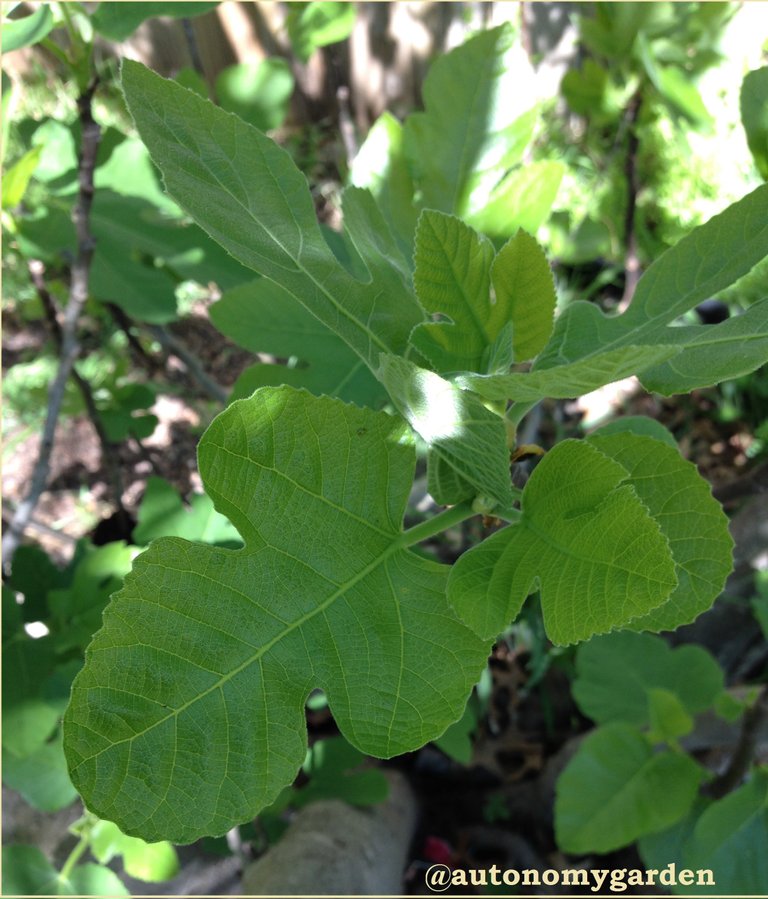
When looking at the limbs and stems on a fig tree, you can see tiny dots spread out all over the area. Each of these dots is a potential root node that, when submerged in soil or rooting solution, will send out roots.
The method of propagation I use keeps the stem attached to the mother tree right up until roots are developed and the stem is ready to survive as an independent tree. This is the easiest method I’ve found, since the mother plant provides all the moisture and nutrient needed.
This should work any time of year that the tree is NOT dormant. But I find the best time to do it is spring when the tree first begins budding, which for me is now. So let’s get propagating!
Tools Needed:
- Plastic beverage bottle (16oz or larger w/ smooth interior surface is best)
- Drill w/ bit a size slightly bigger than the chosen branch/stem
- Box cutters (or cutting tool that can cut the bottle and plastic cap)
- Clear packing tape (if the bottle must be cut to wrap around the fig branch)
- Good soil/potting mix
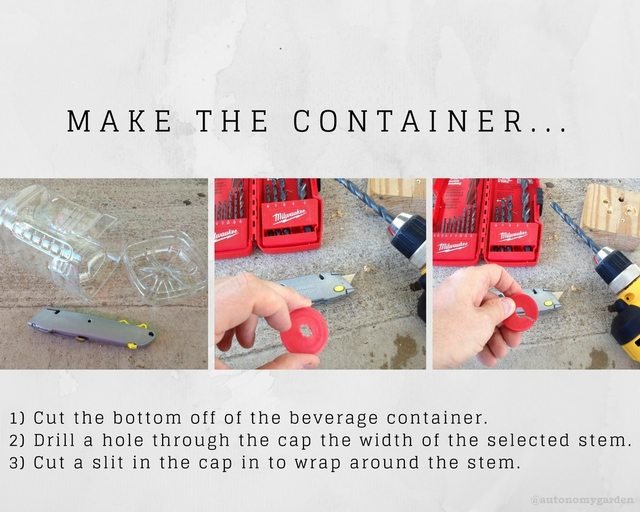
This is pretty straightforward. You are making a container that will hold the soil in place around the selected stem. Alternatively, if you choose a stem that already has side shoots that will not fit through the mouth of the container, the container can be cut lengthwise (on one side) to wrap around the base of the stem. Use clear packing tape to reseal the container so soil will not spill out. (Note: The size of the selected stem’s base is still limited to the size of the mouth of the bottle)
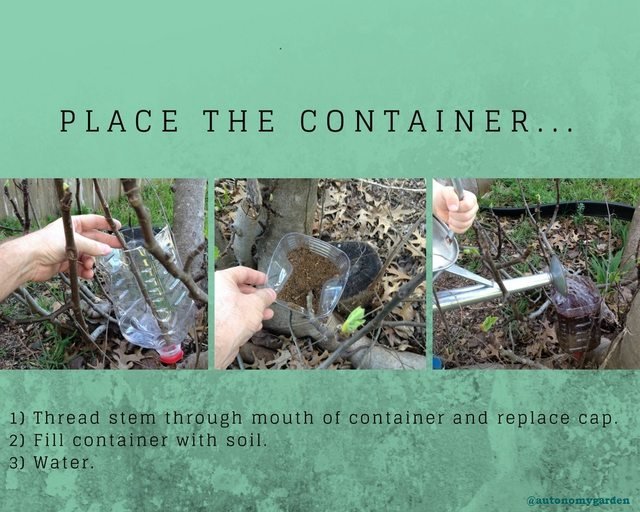
Select a healthy branch/stem that is leafing out. The more upright it is, the easier it will be to keep the container and soil in place. Regular watering helps speed up the rooting process, but one of the advantages of this method is that the branch will receive what it needs from the mother tree. So no worries if you forget to water every day – this is low maintenance propagation!
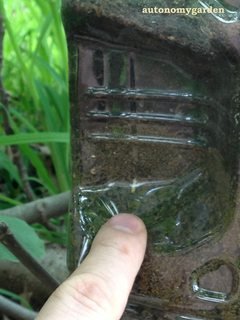
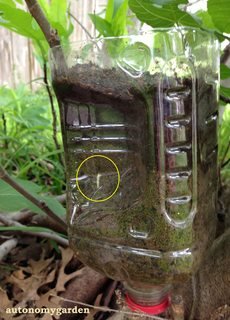
When enough of a root system appears on all sides of the bottle, but before they start circling the container, the little tree is ready to be off on its own!
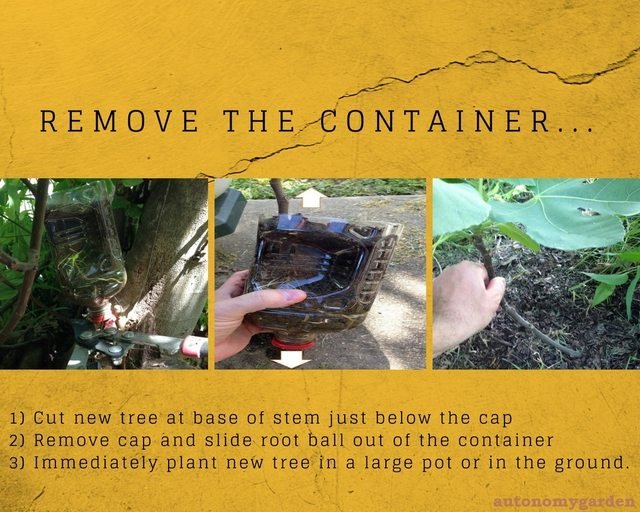
Be sure to have a nice, sunny spot in your yard picked out ahead of time and prepared for planting. Plant immediately after cutting, not too deep in the ground and baby it for a season as you would any tree first getting established.
Fig trees not only provide a delicately delicious fruit mid summer, the trees are also beautiful as ornamentals. They can make a great addition to your yard as edible landscaping.
And don’t forget to reuse the container again and again to make more fig trees for yourself, as a gift or to sell!
I’ll be trying this method on my everbearing mulberry tree once it gets big enough.
Give it a go and see for yourself how easy fig tree propagation can be!
All photos and content posted above are original taken from my garden and are free to use.
Upvoted by @gardening-trail
Thank you for following and upvoting @gardening-trail
Read our guidelines here. Join us In the Gardening-Trail and let's discuss Gardening Related Topics
That looks like a good way to get more fig trees, for sure! I like my fig trees, but they aren't very big yet. I'm looking forward to when I have weeks worth of figs and more to dry. Happy Fig Growing!
Thank you. The trees grow pretty fast, so it won't be long coming. I think this technique will work for most fruit trees that aren't grafted to a different rootstock. I will certainly be trying it on any fruit tree I can get my hands on!
Here's to more fruit trees, for sure! Happy propagating! : )